A kingdom
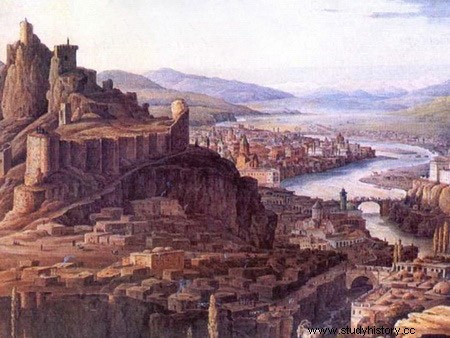
What we now know as the land of Georgia was once a kingdom. Georgia is at a crossroads in the world. Located in eastern Eastern Europe and western western Asia, Georgia is located on the shores of the Black Sea below the southern borders of Russia. Such a central location makes Georgia a historic stop on the Silk Road, as well as all major crusades in the surrounding areas, from the Greek and Roman empires, the Turkish and Mongol takeovers to Russia's last control of the area. Georgian territory has been an acquisition of them all.
It is a period in history where Georgia was not only part of another empire, but a kingdom and an empire in itself. From the year 1008 AD. to 14 th century, the Kingdom of Georgia stood tall. They even experienced a golden age from 11 th century to 13 th century. This was a period of military progress, as well as achievements in art, architecture and literature. In the middle of this golden age, King George III lived. King George was a wise and respected king, but he had no sons to succeed him. Pressed by the nobility to choose an heir, George did not choose the next closest male relative, as many expected, but his eldest daughter, Tamar.
The Righteous Ruler
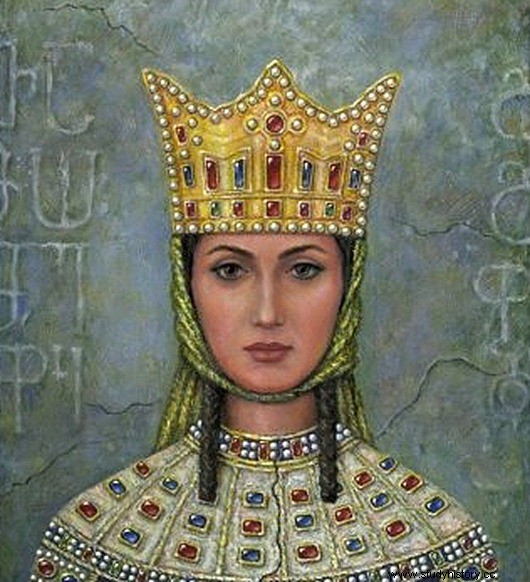
Believing that Tamar would find it difficult to inherit the throne because she was a woman. King George organized a coronation to become his co-ruler in 1178. For six years she ruled with her father, learning everything she needed to know to rule on her own, until his death in 1184. At his death , there was opposition from the nobility to her succession because she was a woman. There had never been a female ruler in the history of the Georgian Empire, they claimed.
At the age of twenty-five, she proved herself the sole ruler of the Kingdom of Georgia by organizing a new coronation. The coronation was carried out by the leader of the Georgian Church who was loyal to her because she had given him a high government office, and it was therefore in 1184, by clerical authority, that Tamar was crowned sole ruler and in many historical records. , "mepe" (king) of Georgia.
War
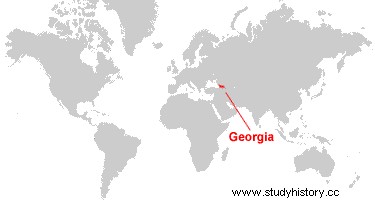
Its central location made Georgia's territory a common battleground for the empires that surrounded it, including the Greeks, Romans, Turks, and Mongols. Queen Tamar's reign saw military success almost immediately with the recapture of Georgian and Armenian estates under the control of Muslim forces. Terrified of their uncharacteristic success, the Muslims gathered a large army to march on the Georgian Empire. The speech she gave to her men when they gathered for war is described as so moving that the troops gained strength, which led to an astonishing victory. This victory led to many future victories and conquests, making the Georgian Empire not just an empire, but an empire in itself.
The Greater Capital
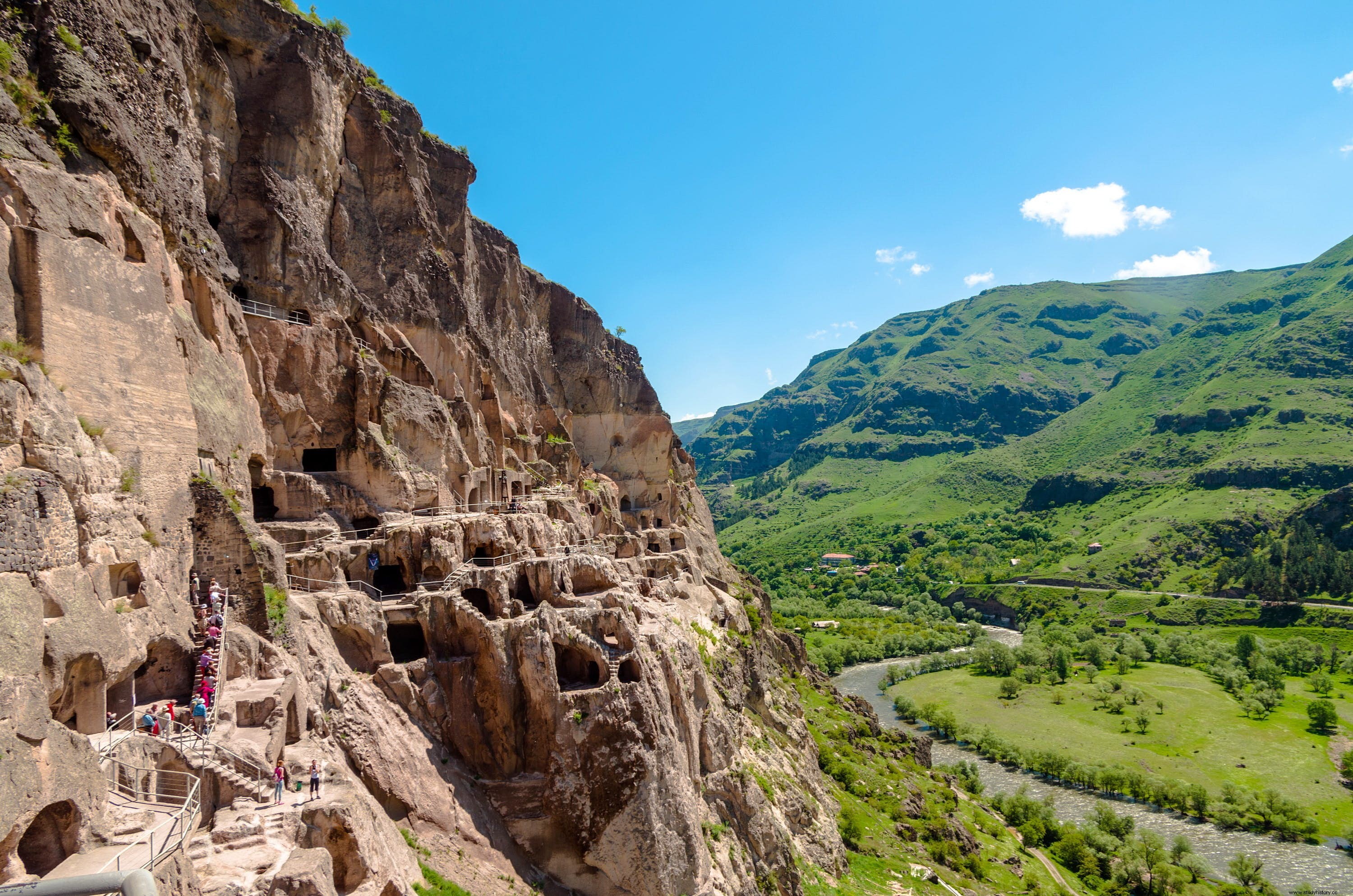
One of the most incredible achievements during Queen Tamar's reign was the construction of one of the most defensible cities ever built. The town of Vardzia, which consists of six thousand apartments or living rooms, twenty-five wine cellars, a meeting room, a large reception center, a pharmacy, a magnificent throne room and a fully functioning church, sounds like many other towns except one large one. difference. The whole city was built inside a mountain.
The Georgian people resembled a legendary dwarf city from stories like Lord of the Rings, and carved their entire city, 13 floors, into the heart of a mountain. People living in caves or caverns are often portrayed as unintelligent and undeveloped. Why else would people want to live in a cave? Despite these depictions, the people of Georgia had an extremely good reason to build their city inside a mountain. Defense. The city was built with defense as a primary concern, as their military achievements made them far more visible on a global scale than they had previously been. The Mongol Empire was one of Georgia's greatest threats at the time of Vardzia's construction.
Prosperity
With defense as their primary concern, Vardzia had only one entrance, and because the entire city was enclosed in the mountains, it was difficult to find if you did not know where it was. To invade the city, an army had to first find the entrance and then enter the city one at a time. Once inside the city, they had to navigate the maze as tunnels and rooms, also a file. This would give the Georgians plenty of time to prepare traps and attack cunning. This made the city almost completely immune to outside attacks. Perhaps for the first time in their history, Georgia had no fear of attack from other nations. With an impregnable city and abundant military success, the Georgian people were able to put their minds to things other than survival.
Innovation
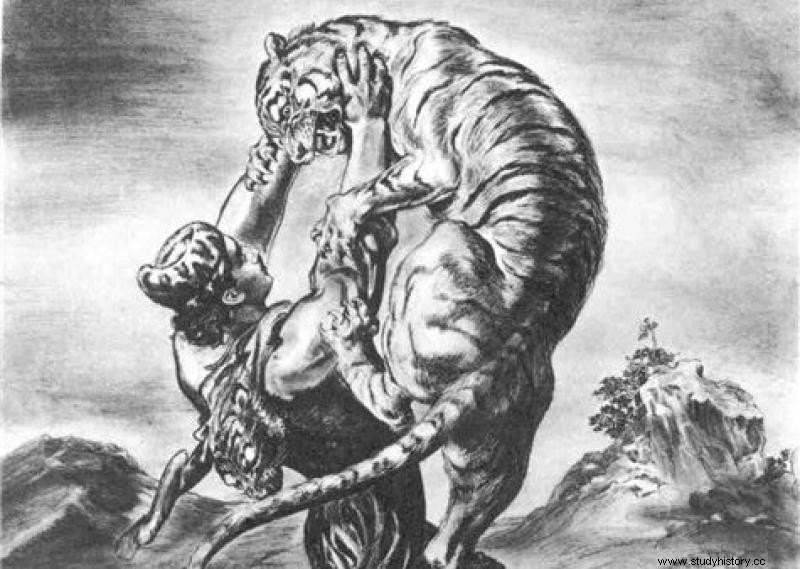
With this newfound security, the Georgians saw a period of cultural progress. Innovation was abundantly seen by the city itself. Vardzia was completely self-supporting. Running water was led throughout the city from freshwater springs found in the depths of the mountain. Growing food was also quite easy on the mountainside due to the extremely fertile soil in the area. Military conquests and trade through the Silk Road made Georgia one of the richest kingdoms of that time.
Queen Tamar appreciated and supported the art. Literature, art, poetry, music, metalwork and culinary arts all made rapid progress during this period. Much of the poetry refers directly to Queen Tamar, and legend has it that many of the writers were madly in love with her. The most famous literature that comes from Georgia, The Man in Panthers Skin, was written during this time period. Much of the religion in Georgia was also defined and refined during this time period.
The End of the Kingdom
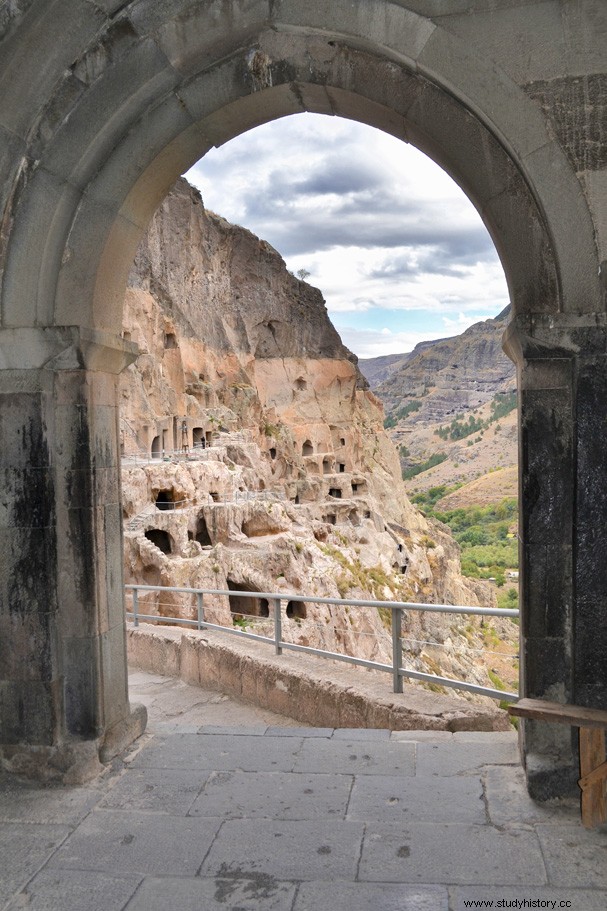
The prosperity brought by Queen Tamar and her city Vardzia lasted for 100 years until an earthquake caused the mountain to partially collapse and reveal the hidden city. In addition, just 20 years after Queen Tamar's death, an invasion of the Mongols further looted the city and its people. Today, tourists can visit Vardzia and explore many of the underground rooms, cross the underground tunnels and take part in the breathtaking views of the valley below. While large parts of the city are now open to the outside and not enclosed as they once were, it is a must for any world traveler to see the city and its architecture.
Anthropology
Anthropologists study culture, not necessarily history, so why should history from thousands of years ago appear in an anthropology blog? The answer is that history shapes culture.
The first word I learned in Georgian was the word for hello (Gamarjoba). I memorized this word and used it every day for about a year before I had a conversation about what the word Gamarjoba really means. I never thought to question the meaning of the word hello. After all, it means hello. As it turns out, Gamarjoba means hello, but it also means more.

The root of the word Gamarjoba comes from the word for victory (gamarjveba). I was told that while Mepe (King) Tamar was giving her famous speeches to the warriors who went into battle, she would shout VICTORY from the balcony and the soldiers below would shout VICTORY back to her. The speech was so touching to the soldiers that they used the word victory in their everyday conversations until it became a common greeting among them. This then spread to all Georgian people regardless of their knowledge of Queen Tamar. Saying hello in Georgian can then also be translated as "victory for you".
I had not been aware of the historical meaning of the word Gamarjoba for about a year, and yet I used it every day. Culture can include everything people do and much of what people do, they do without thought.
Tradition

In the famous movie Fiddler on the Roof, the main character, Tevia, describes many aspects of his culture which he describes as traditions. "Here in Anatevka we have traditions for everything. How to sleep. How to eat. How to work. How to wear clothes. For example, we always keep our heads covered, and always wear a small prayer shawl. This shows our constant devotion to God. You may ask, how did this tradition start? I'm going to tell you. I do not know. But it is a tradition. And because of our traditions, each of us knows who he is and what God expects him to do. ” Although Tevia did not know the origin or cause of many of his actions, they helped him define who he was as a person and where he belonged in society.
Where are you from?
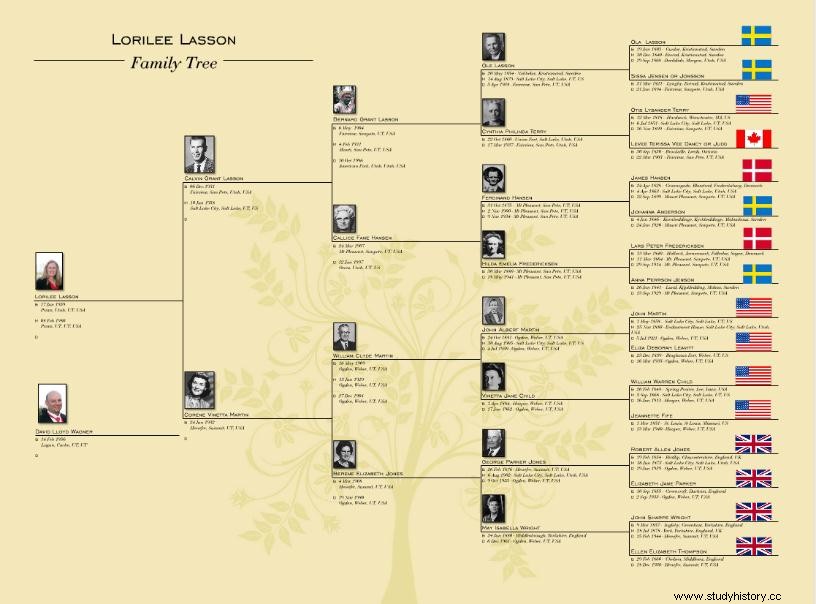
This concept can also be applied to other cultures. The Georgian people understand that a person's story, at least in part, shapes who a person is. A common question I was asked while living in Georgia was:"Where are you from?"
"America" I will answer.
"No, where are you from?"
"I'm from America… .."
"No, where is your family from?"
"My family lives in America."
"No, no, I know your family lives in America, but where is your family FROM?"
"Oh, well, I have some ancestors from Germany ..."
«Germany! It's great! In fact, I know someone from Germany ...
Like many Americans, I can trace my family back to several countries in Europe. My mother's last name is German by origin, so I would say that Germany was my country of origin. For many Georgians, it was important to know my history to understand who I was. Georgians can trace its history to pre-biblical times. Their story is old and it is deep. With so much from ancient times still so relevant to them today, the United States seems like an infant country with not much history at all. That's why I think they often wanted to know where I was from before I came from America.
Cultural significance in anthropology
Culture is thus not just something that is, but something that is inherited and inherited. Culture is always changing because people are always changing. Behavioral changes to match the circumstances. The Georgian people adopted a new form of greeting because of their need for comfort, security and courage in their constant state of war. Now there is not as great a need as then, but this has been inherited as a reminder of where and what the Georgian people came from. Cultural anthropology is a study of people and their cultures today. To understand today, it is also important to understand what came before. What has come before us affects people in ways that are not always immediately visible and history can give us clues as to why people behave the way they do.
Personal reflection
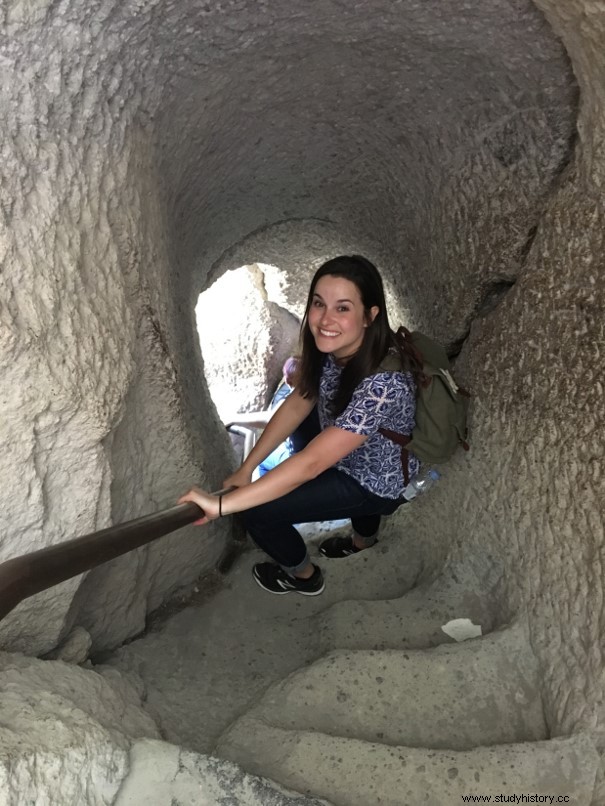
Learning about others always makes me reflect on myself. What aspects of my own culture were passed on to me from my ancestors? What can I learn about myself by learning about them? It can be said that my ancestors of pilgrims and cowboys have shaped the circumstances in which I was born and shaped my culture. What I do and how I act defines who I am just as it did for Tevia. I am grateful for those who came before me because only a part of them is what makes me who I am. It also makes me excited that part of me will live on in those who come after me. Maybe my descendants will talk the way I speak, or they will eat food that I have enjoyed. The present was made in the past and the future is made in the present.
The Mirisch Production Company presents a Norman Jewison film. Fiddler on the roof. Santa Monica, CA:MGM Home Entertainment, 20011971.
Kendall, Bridget "Queen Tamar:The Myth of a Perfect Ruler." BBC Sounds, Dr. Ekaterine Gedevanishvili, senior researcher at the National Center for the History of Georgian Art in Tbilisi; Alexander Mikaberidze, professor of history at Louisiana State University; Dr. Sandro Nikolaishvili, researcher at the University of Southern Denmark, who works to restore connections between the Byzantine and Georgian worlds; and Donald Rayfield, Professor Emeritus of Russian and Georgian at Queen Mary, University of London, The Forum, 17 September 2020, https://www.bbc.co.uk/sounds/play/w3cszjvx
